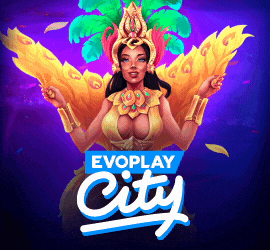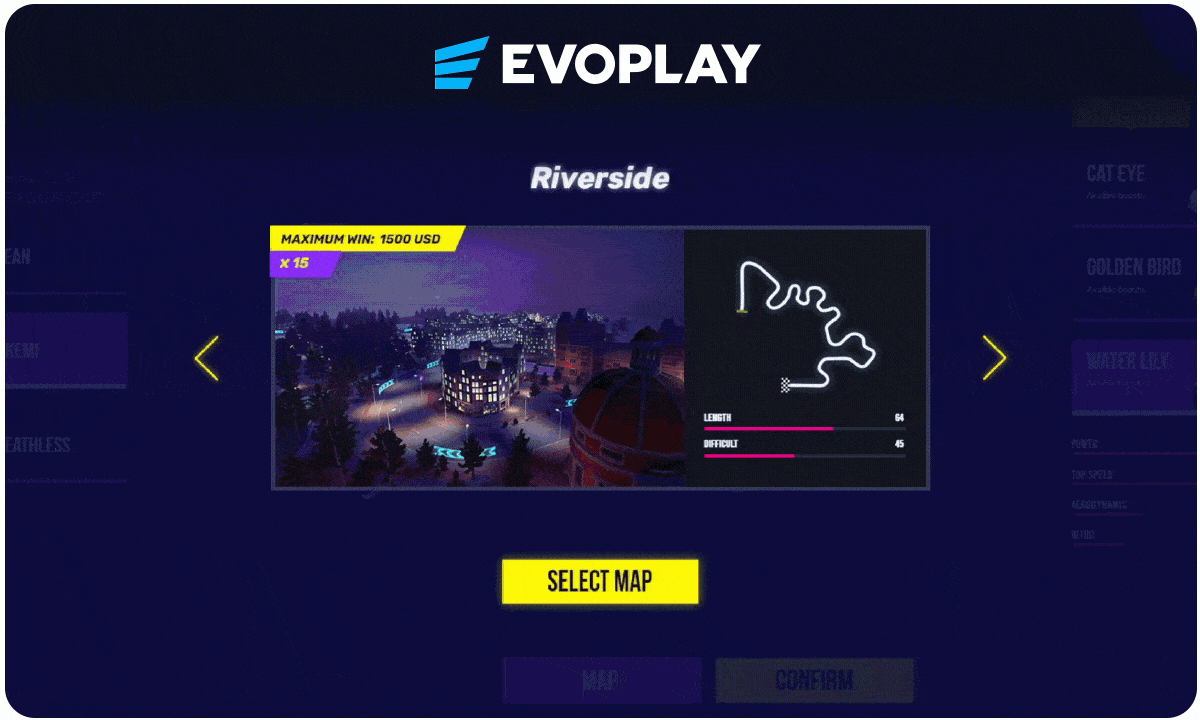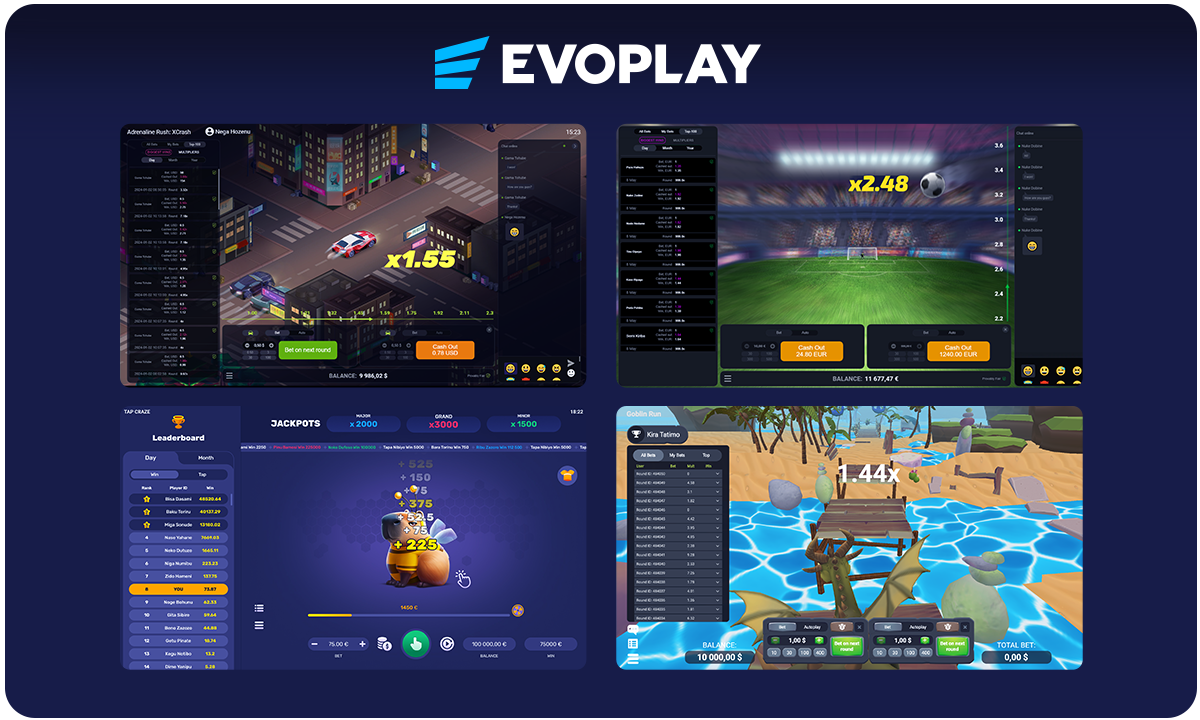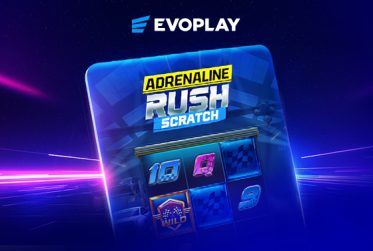In the context of iGaming, game mechanics form the foundation of every player’s experience. They’re not just rules or algorithms – they’re the essence of how a game works and how iGamers interact with it. At its core, game mechanics answer one crucial question: how can players experience fun and excitement while earning rewards? Take, for example, a simple title like Lucky Card. Players instantly grasp that matching three fruits leads to a win. Or consider Hercules: Sports Legend, where hitting a sheep at the right moment guarantees a reward. These principles are the heartbeat of the game – a clear, compelling logic that gives players enjoyment.
At their best, game mechanics provide more than just a path to victory; they create excitement, build anticipation, and drive engagement. Whether through winning combinations, unique symbols, or creative gameplay logic, they craft an experience where iGamers know exactly how their actions translate into rewards. This understanding is vital, ensuring players not only enjoy the game but feel confident about their chances of success.
Why some game mechanics just don’t work in iGaming
Not all game mechanics seamlessly translate into the world of iGaming. A fundamental reason is the reliance on RNG (Random Number Generator), which ensures that every outcome is fair, random, and regulated. This technology creates an exciting challenge: crafting gameplay that not only embraces the unpredictability of chance but also provides players with genuine opportunities to win, making every spin or bet thrilling.
Let’s consider MMOs (Massively Multiplayer Online games). These open-world games thrive on unrestricted player interactions, exchanges, and even collaborative wins. Allowing players to trade or share rewards could undermine the regulated environment required for controlled RTP (Return to Player) ratios. Similarly, pure skill-based games like shooters present challenges. For instance, even in classic Tetris, the randomness of generated shapes paired with a player’s skill would make it difficult to regulate payouts. Imagine trying to define whether a player’s win is x10 or x100 their bet – it would depend entirely on their proficiency.
That’s not to say innovation isn’t possible. Elements like PVP (Player vs Player) can be integrated into iGaming, but only with significant adaptation. The challenge lies in reworking such mechanics to fit the market while still keeping the experience engaging.
How player expectations and trends shape innovations in game mechanics
Player expectations and popular trends are the driving forces behind the evolution of iGaming mechanics. By gathering feedback from KAMs (Key Account Managers) and sales teams, we ensure our innovations align with what players truly want. Trends like gamification and personalisation are transforming engagement. For example, leaderboards encourage players to compete and play longer, and customisation options like skin selection in Tap Craze make games more personal.
Another example of giving players a choice is the famous Adrenaline Rush, where one can select characters, cars, and maps.
Even crash games adapt by offering features such as toggling chats or adjusting betting panels to suit individual preferences. One such game is Christmas Crash, where the chat is well-integrated, which adds even more excitement and social interaction to iGamers while playing it.
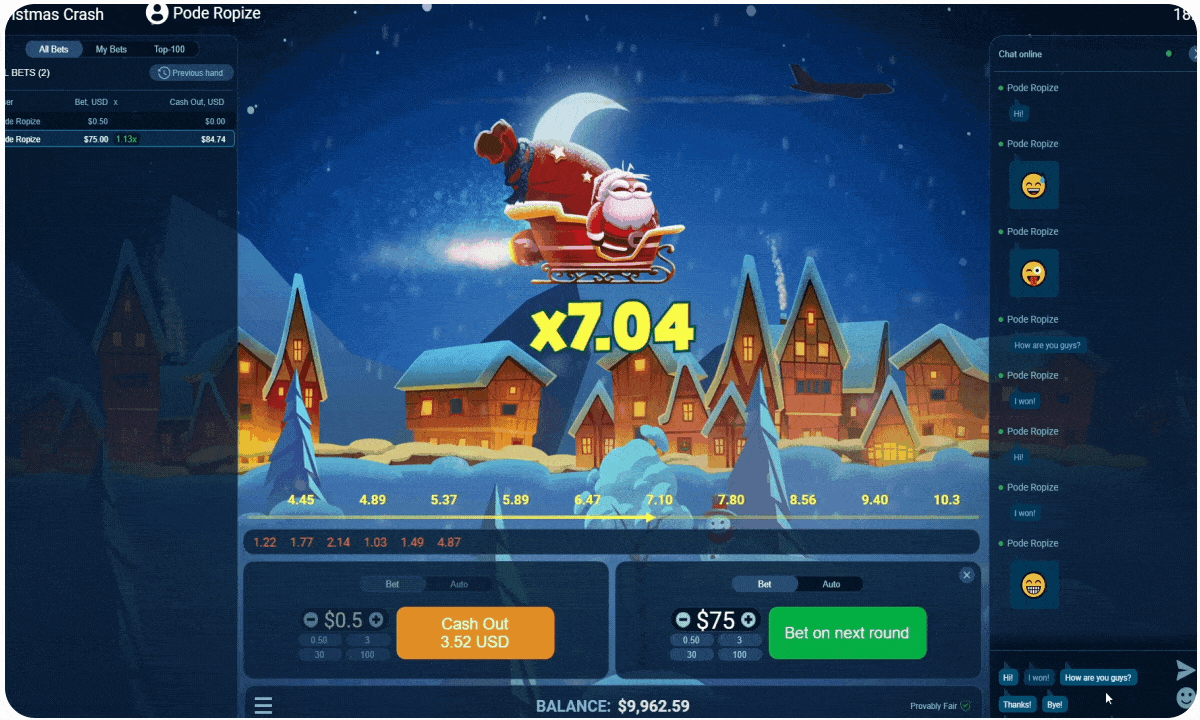
Popular gaming styles also shape design. In 2024, tap-to-earn clicker games became a hit, inspiring Tap Craze. Similarly, Hercules: Sports Legend brings nostalgic, classic gameplay into the modern iGaming world.
Another recurring theme in player feedback is a preference for simplicity, speed, and dynamic gameplay. Faster, more engaging games are consistently favoured, prompting us to focus on increasing game dynamism in recent releases. So, by combining trends with direct player feedback, we deliver innovative mechanics that keep players engaged and excited.
The challenges of adding an innovative touch to games
Bringing innovation to games, especially when adding dynamic elements, comes with its share of challenges. For instance, in Hercules: Sports Legend, the character Hercules needs to respond instantly and accurately to player actions, like hitting at the right moment. It requires seamless, high-quality animations that feel natural and immersive. However, achieving this balance isn’t easy – more detailed animations increase the game’s size, which can strain online play, especially on mobile devices.
Optimising games for smooth performance without sacrificing quality is a constant struggle. Mobile players expect lightweight, fast-loading games, and heavy animations can cause errors. To overcome this, we must strike the perfect balance between high-quality visuals and efficient performance.
Skill-based elements present unique challenges as well. Mechanics like hitting the ram in Hercules: Sports Legend need to feel fair and logical, rewarding accurate timing while penalising mistakes. Based on testing, we discarded some mechanics, while refining the others to enhance the overall player experience.
Every innovation must go through rigorous testing. While ideas may seem solid on paper, practical implementation often reveals flaws. Whether balancing RNG, RTP, or real-time responsiveness, finding harmony between creativity, performance, and fairness remains the cornerstone of successful game development.
What sets Evoplay apart regarding game mechanics
Evoplay stands out in the iGaming industry for its bold approach to innovation, cutting-edge technology, and player-first design. With a dedicated team focused on instant games and flagship titles like Adrenaline Rush, we push boundaries to deliver unique experiences that captivate players and impress at global exhibitions.
Leaderboards are one of the important features in our games, motivating players to compete for top spots and driving engagement. In many popular games like Adrenaline Rush: XCrash, Long Ball, Tap Craze, Goblin Run, etc., players can see their progress and aim for higher rankings, fostering excitement and replayability. These leaderboards not only encourage friendly competition but also add a layer of achievement that keeps players coming back.
Our technological edge lies in continually enhancing our in-house engine to integrate advanced features like 3D graphics and seamless interactivity. For instance, games like Mine Field and Patrick’s Magic Field show innovation by allowing players to adjust risk levels and gameplay intensity, blending the classics of computer games of the past with personalised options. Players can choose between a low-risk, relaxing session or a high-stakes, adrenaline-pumping challenge – making each experience uniquely theirs.
We also prioritise visual appeal and emotional engagement, with features like leaderboards, achievements, and dynamic storylines deeply embedded in the gameplay. Whether it’s the physical realism of a soccer ball in Long Ball or the immersive interactivity of a racing map in Adrenaline Rush, we ensure every element resonates with players.
The future of game mechanics: what’s next?
The evolution of game mechanics is set to accelerate in the coming years, driven by technological advancements and player expectations. One of the most promising innovations is the integration of AI (Artificial Intelligence) into game development. AI enables teams to streamline processes, automate routine tasks, and allow artists and designers to focus on perfecting details and styles. This approach paves the way for even more visually stunning and immersive games, enhancing the overall player experience.
Multiplayer gaming is also poised to expand. Adding competitive and cooperative elements, such as real-time interaction with other players, opens new avenues for engagement. Features like team-based challenges, live chats, and shared leaderboards could transform the way players connect and compete, making social interaction a central aspect of gameplay.
Another exciting frontier is VR (Virtual Reality). Evoplay has already explored this space with Necromancer, a VR title that brought a new dimension to gameplay. While VR remains a niche within iGaming, its potential for creating deeply immersive and interactive experiences makes it a key area to watch in several years. With advancements in hardware and growing player interest, VR could see a resurgence in iGaming, offering a fresh and thrilling way to engage with content. And when it happens, we will be ready to develop such an innovative product for our players.
By staying ahead of trends and embracing cutting-edge technologies, Evoplay is prepared to lead the next wave of innovation, delivering groundbreaking experiences that keep players excited and engaged.
